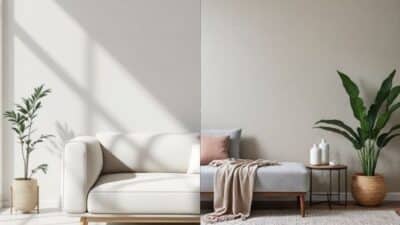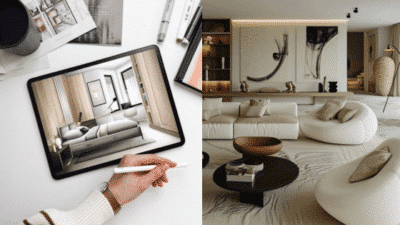
Our requirements, together with our choices, transform as we age. People tend to focus on altering their home environment to meet new requirements after physical changes occur. Designing for aging in place involves creating a home environment that is comfortable, accessible, and safe for seniors. This blog post examines essential design elements that support the extension of senior home residences, along with practical methods to improve accessibility and comfort.
1. Wider Doorways and Hallways

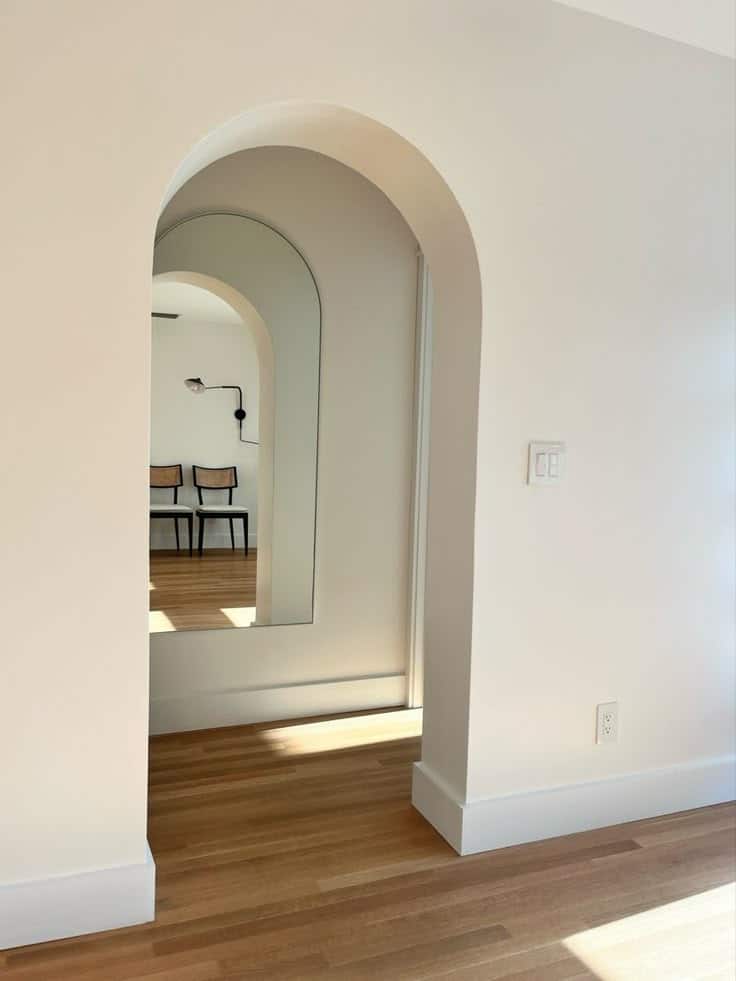
The design of aging-in-place homes requires them to provide seniors with unobstructed movement throughout their living space, as they may need walkers or wheelchairs for mobility support. The installation of wider doorways and hallways creates a comfortable environment that reduces the risk of accidents when navigating restricted areas. The American Society of Interior Designers requires doorways to be at least 32 inches wide for proper wheelchair accessibility. A hallway width of 36 inches provides the most suitable dimensions.
When planning home modifications, it is essential to focus on the areas that require frequent passage, such as the kitchen, living room, bedroom, and bathrooms. The spaces need to be wide enough for seniors to move around their homes safely, which helps prevent injuries and enhances their quality of life.
2. Accessible Bathrooms
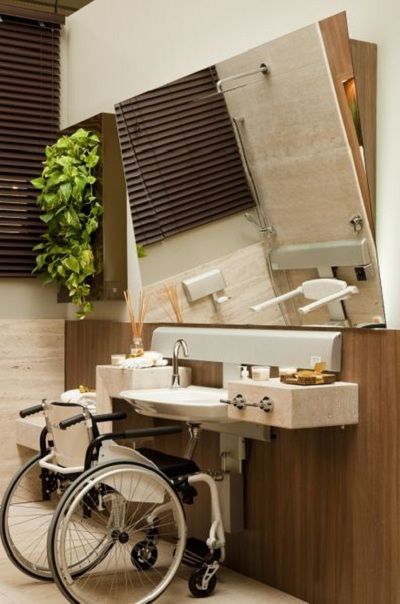
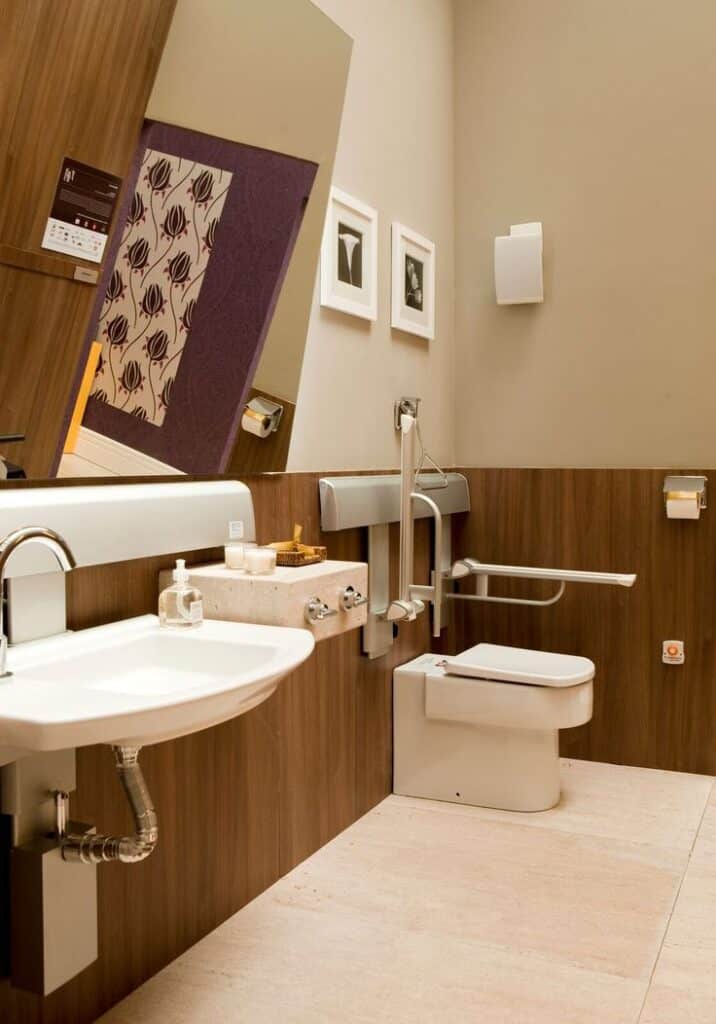
The bathroom is a challenging space for older adults to navigate because it presents special difficulties for those with mobility issues. Older adults face a high risk of falls because their environment contains slippery floors, hard-to-reach faucets, and tight spaces, which create dangerous conditions. Multiple critical modifications must be made to achieve bathroom safety and accessibility standards.
- Walk-in Showers: Traditional bathtubs can be difficult for seniors to get in and out of. Walk-in showers with a low threshold are a much safer option. A bench or seating area can be added to the space for extra comfort and accessibility.
- Grab Bars: The installation of grab bars near toilets and inside shower or bathtub areas provides an easy solution to prevent accidents. These bars offer extra support for getting in and out of the shower or standing up from the toilet.
- Non-slip Flooring: Slip-resistant tiles or vinyl flooring can make a significant difference in reducing the risk of accidents. The floors function optimally in bathroom spaces because splashing water droplets create dangerous, slippery surfaces.
The expense of bathroom renovations creates financial problems for many older adults who lack sufficient funds to begin with. A reverse mortgage may be a viable solution for those looking to finance these types of home modifications. Homeowners can access their home equity through reverse mortgages, which enable them to receive funds without selling their property or moving out while obtaining the financial resources needed for safety-related home improvements.
3. Ergonomic Furniture
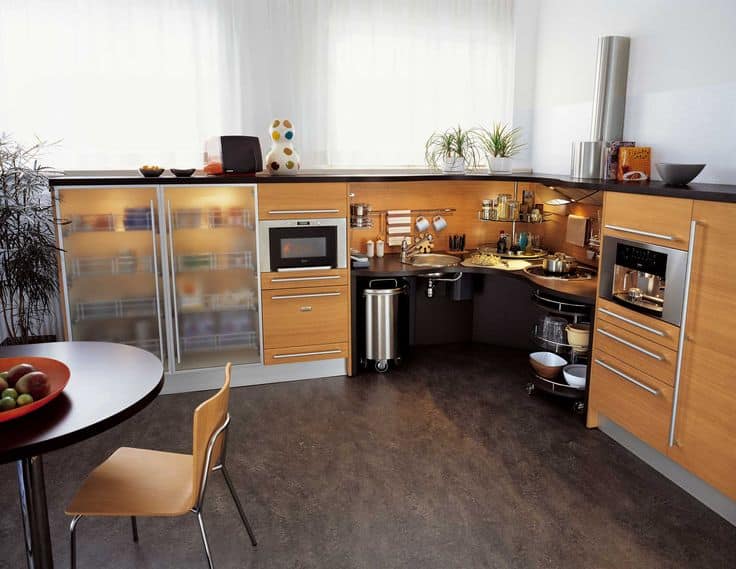
The need for comfort grows stronger with age, and ergonomic furniture offers an effortless solution. The category includes furniture pieces that support body structure and maintain proper posture, such as chairs, couches, and beds. Seniors with arthritis or joint pain can significantly benefit from furniture that minimizes strain on their bodies.
When selecting furniture for an aging-in-place home, it’s essential to look for pieces that offer:
- Adjustable heights: Chairs and beds with adjustable heights allow seniors to find the most comfortable position and make it easier to get in and out of these pieces of furniture.
- Cushioned chairs and couches: The cushioned chairs and couches offer additional comfort to seniors who need to rest for extended periods. Memory foam cushions and chairs with built-in lumbar support systems offer seniors the best solution for back and joint pain relief.
- Recliners: The recliners come with remote controls that allow users to adjust their position without physical effort.
Ergonomic furniture provides more than comfort because it enhances the overall quality of human existence. The selected design elements help minimize physical discomfort, which enables seniors to live comfortably at home while avoiding pain and strain.
4. Improved Lighting
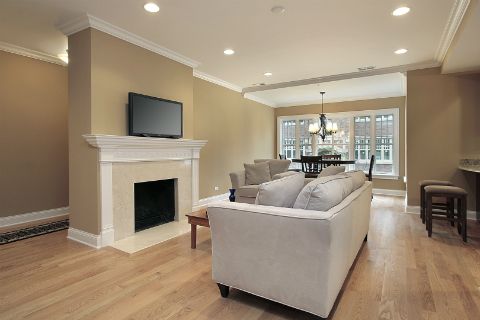
Lighting needs proper installation for everyone, but seniors require it the most. The process of aging leads to vision deterioration, which results in reduced ability to see in low-light environments. The lack of suitable illumination makes nighttime movement through dark areas more dangerous for older adults, as they need to navigate these spaces.
To improve lighting in the home, consider the following:
- Even lighting: The installation of sufficient lighting systems should focus on creating uniform illumination throughout all spaces, including rooms, hallways, and stairways, because seniors require lighted paths during nighttime movements. The entire room requires overhead lighting, but task lighting should be installed in specific areas, such as kitchens and reading areas.
- Motion-sensor lights: The motion-sensor lights in hallways and entryways turn on automatically when someone enters the area. The feature is helpful for older adults who often forget to turn off their lights in the evening.
- Adjustable lighting: The lighting system needs to be adjustable because seniors require different light intensities to perform their tasks and maintain personal comfort. Look for adjustable lights that can be dimmed or brightened as needed.
5. Smart Home Technology
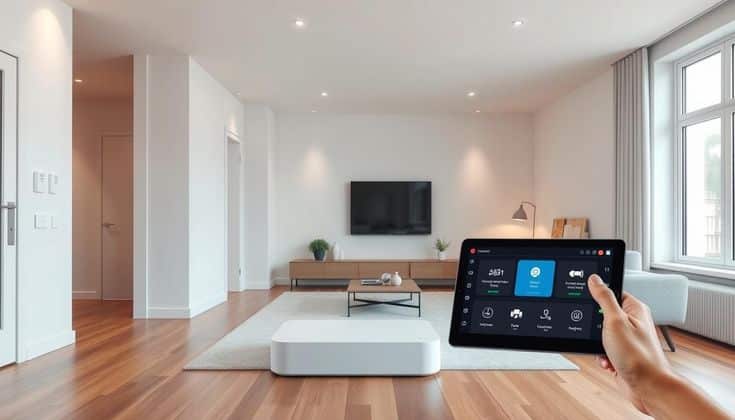
The design of aging-in-place benefits from smart home devices because technology has achieved significant advancements in recent years. The devices, which include smart thermostats and voice-controlled lights, provide seniors with improved convenience and enhanced safety in their daily routines.
The following smart home technologies prove beneficial for senior citizens:
- Voice-controlled assistants: Amazon Alexa and Google Assistant serve as voice-controlled assistants that let seniors operate their lights and thermostats and make phone calls from their current position.
- Smart security systems: The installation of intelligent security systems provides seniors with enhanced safety by allowing them to monitor their homes using motion sensors and cameras and access their systems remotely. These systems provide comfort to older adults and their relatives.
- Automated appliances: The automated appliances, which include smart refrigerators, ovens, and washing machines, enable seniors to manage their household duties more effectively through remote control functionality.
Conclusion

The process of designing spaces for aging in place requires careful planning and specific adjustments to address the evolving needs of older adults. The combination of wider doorways, accessible bathrooms, ergonomic furniture, smart home technology, and improved lighting enables seniors to stay in their homes for extended periods. While some of these modifications can be costly, tools like a reverse mortgage can help homeowners tap into their home equity to make these important changes, ensuring that their homes remain a safe and comfortable space for years to come.
- 0shares
- Facebook0
- Pinterest0
- Twitter0

